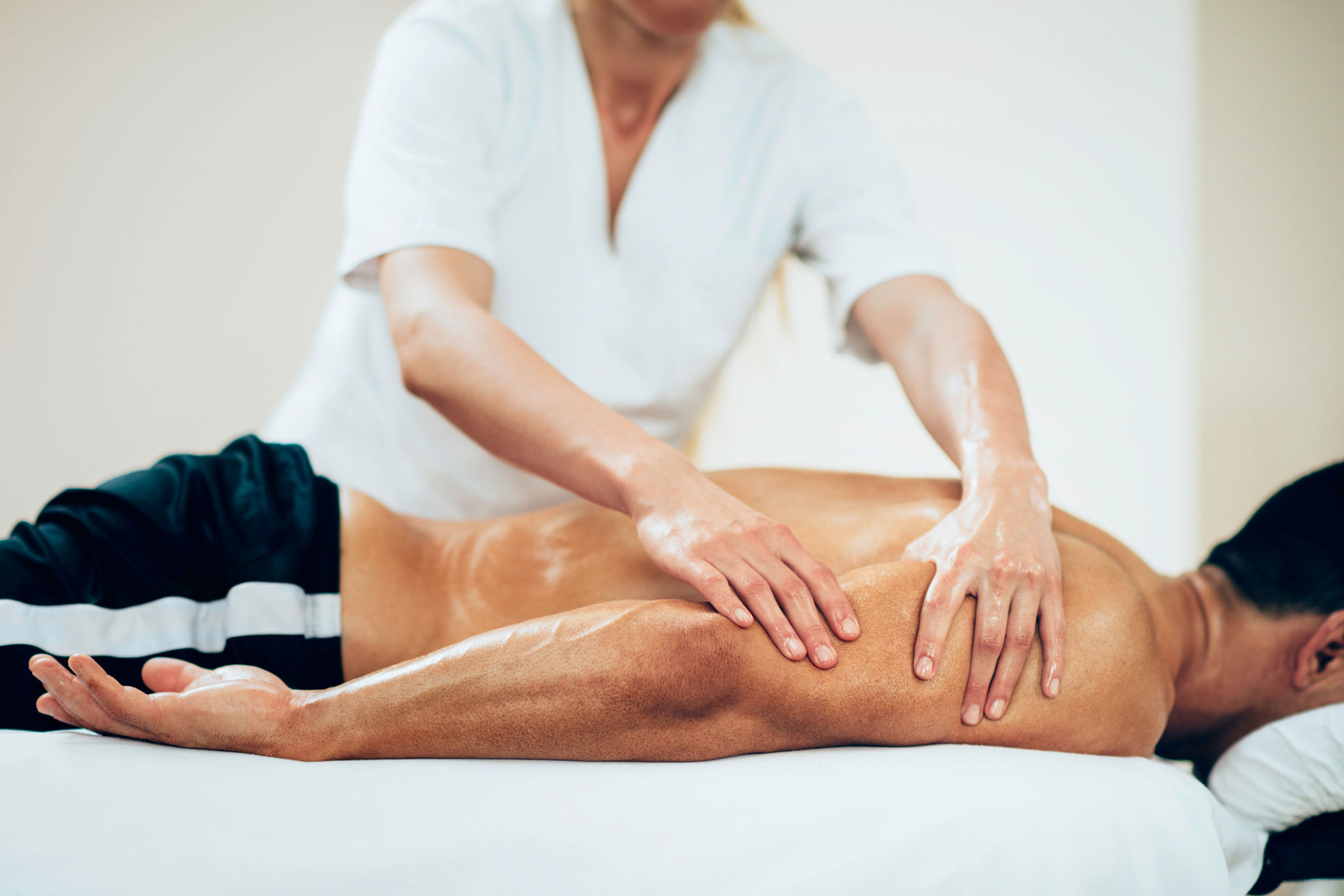How Massage Therapy Enhances Sports Injury Recovery
The Role of Massage Therapy in Sports Injury Recovery
Sports injuries are an unfortunate part of athletic life, often leading to pain, limited mobility, and time away from the sport. While traditional medical treatments play a crucial role in recovery, alternative therapies like massage therapy have gained recognition for their ability to enhance the rehabilitation process. Incorporating massage therapy into a recovery plan can provide both physical and mental benefits, helping athletes return to their peak performance levels effectively.

Physical Benefits of Massage Therapy
Massage therapy offers numerous physical benefits that are particularly useful in sports injury recovery. Firstly, it aids in increasing blood flow to the injured area, which can accelerate the healing process by delivering essential nutrients and oxygen to damaged tissues. Additionally, massage helps reduce muscle tension and spasms, promoting relaxation and improving flexibility.
Another significant benefit is the reduction of inflammation. Massage techniques like effleurage and petrissage can help decrease swelling by stimulating the lymphatic system, which is responsible for removing waste products and excess fluids from the body. As a result, athletes may experience less pain and discomfort, enabling a quicker return to training and competition.
Mental and Emotional Support
Beyond the physical advantages, massage therapy also provides mental and emotional support during recovery. Dealing with a sports injury can be mentally taxing, leading to stress, anxiety, and even depression. Massage therapy encourages the release of endorphins—the body's natural painkillers—which can improve mood and reduce stress levels.

Furthermore, the hands-on nature of massage offers a comforting and nurturing experience, which can help boost an athlete's confidence and motivation as they navigate their recovery journey. This emotional support is crucial in maintaining a positive outlook and commitment to rehabilitation goals.
Types of Massage Techniques for Recovery
Various massage techniques can be tailored to an athlete's specific needs during injury recovery. Some popular methods include:
- Swedish Massage: Known for its gentle strokes, this technique helps relax muscles and improve circulation.
- Deep Tissue Massage: Targets deeper layers of muscle and connective tissue, useful for chronic tension and injury-related adhesions.
- Sports Massage: Combines different techniques to address specific sports-related injuries, focusing on areas of overuse or strain.
Integrating Massage into a Comprehensive Recovery Plan
For optimal results, massage therapy should be integrated into a comprehensive recovery plan that includes medical treatment, physical therapy, and a well-balanced nutrition regimen. By working closely with healthcare providers and massage therapists, athletes can ensure that their recovery plan is tailored to their unique needs and progression.

Regular communication between all parties involved in an athlete's rehabilitation process is essential. This collaborative approach not only enhances the effectiveness of the treatment but also helps prevent future injuries by addressing underlying issues such as muscle imbalances or improper biomechanics.
The Long-Term Benefits of Massage Therapy
While the immediate goal of massage therapy is to aid in injury recovery, its long-term benefits should not be underestimated. Regular massage sessions can contribute to improved muscle function, increased range of motion, and enhanced athletic performance. By prioritizing self-care through massage therapy, athletes can reduce the risk of future injuries and maintain their competitive edge.
In conclusion, massage therapy is an invaluable component of sports injury recovery. By providing both physical and emotional support, it empowers athletes to overcome setbacks and return to their sports stronger than ever. Whether dealing with a minor sprain or a more serious injury, integrating massage therapy into a recovery plan can make a significant difference in an athlete's journey back to full strength.
